We wash red wine from clothes at home
In this article, we will look at how to wash red wine on your favorite outfit, jeans and not very expensive upholstery. We will describe the cleaning of different types of fabric, explain when and which washing method should be used.

Yogurt and vinegar 9%
The recipe is old and has been tested many times. The mixture will turn out to be lethal, able to cope even with very old dirt. Suitable for both white and colored clothes, ideal for jeans. Not suitable for fading fabrics. For them, the composition is dangerous. Not suitable for fabrics that cannot be washed. If the vinegar is not 9, but 10 percent, it will also do. Instead of curdled milk, you can use milk.

The dairy product should be warmed up, then mixed with the same amount of vinegar solution. The resulting mixture is applied to the stained area or the spoiled thing is soaked in it. The latter is more efficient. Then you need to wait 20-30 minutes. The later they realized, the more the wine has eaten into the fabric, the longer the cleaning process lasts. Then hand wash the outfit until the stain is invisible. In the overwhelming majority of cases, the wine is removed at a time, if, nevertheless, its traces remain, the procedure must be repeated or another method must be used.

Advice. Look at the expiration date of the acetic acid. It is usually indicated on the label. If the bottle has stood on the shelf for more than two years, it is not recommended to use it, the composition will not be as effective.
Persol and Domestos
- Persol is a powerful oxygen bleach. It removes stains well from white cotton, staple and linen fabrics. In appearance, a crystalline powder, 10% of the composition in it falls on unbound oxygen. It actively manifests itself even with a small amount of water. Apply the composition to the stain, rinse off after a few minutes.
- Domestos is a thick chlorine-based cleaning and bleaching agent. When used, it gives a very strong pungent chloride odor, which is not so easy to get rid of. Note that there are different types of Domestos. To remove wine stains, it is better to use Domestos stain remover. It is not as aggressive as other varieties. Pour Domestos over the stain and after 5-7 minutes rinse it off with cold water. It is better not to use a hot one.
In principle, Persol and Domestos can remove stains from colored clothing, especially if it is not new and not expensive, but if overexposed, you will get a stain that you will definitely not get rid of.
Some people recommend adding Domestos and Persol to the water before washing. Will help. Just don't think that the more reagent, the better. The substances are quite aggressive; in case of an overdose, they will completely ruin the outfit. The required dose depends on the size of the item, the type of fabric, and other factors.

Before use, be sure to read the instructions for the formulations, follow all safety rules, avoid getting bleach on your hands, especially on your face and eyes.
Advice.First, apply the composition to a small area of fabric in an inconspicuous place, if everything is fine, nothing has deteriorated, you can start removing.
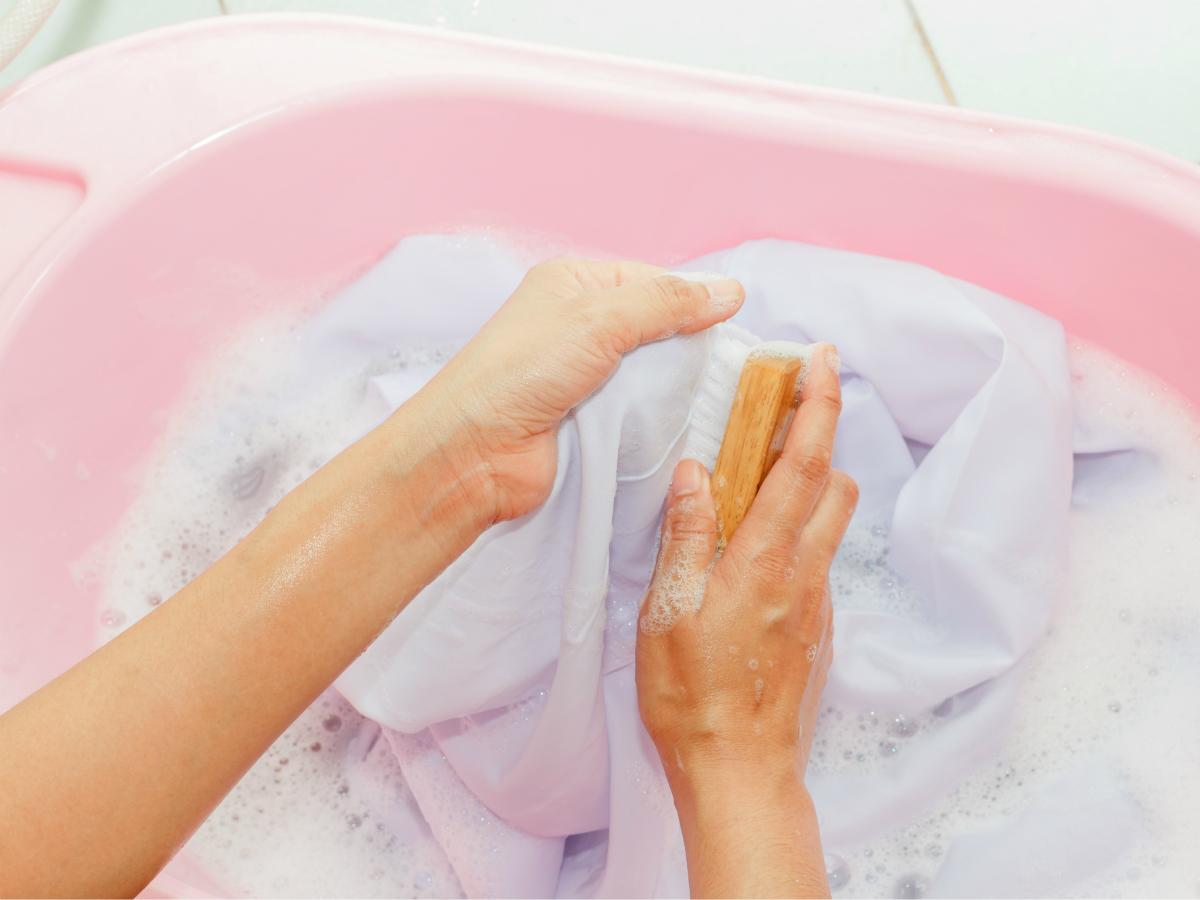
Laundry soap, alcohol and water
For white clothing, the method is more gentle than the above. In some cases, unfortunately, it does not completely help, but the chances of damaging the tissue are much less. You can work without rubber gloves or other protective equipment.

- Prepare a solution of 1 tbsp. spoons of medical alcohol, 1 liter. water and laundry soap.
- To remove the stain from the grape drink, soak the thing in the resulting solution for about half an hour.
- Soap needs to be grated, 10 g per liter is enough. You should get a moderately concentrated soap solution.
- After cleaning, rinse the item in clean water.

Advice. Drinking alcohol alone can be used. Pour it over the stain and rinse under running water. The judgments about the effectiveness are different, the recent stains are definitely washed away.
Baking soda and water
It is not recommended to use this method on colored fabrics, the only exception is thick jeans. You can't get wine out of it with weak compositions. Note that we are talking about baking soda, not soda ash. It is not uncommon for baking soda to be called tea soda or drinking soda. In appearance, it is a fine powder that is completely safe for humans. Good for medium-hard stains.

Add two tablespoons of baking soda and machine wash. Not only stains are well removed, but also the grayness and yellowness of the laundry. You can do a little differently. Soda (a couple of tablespoons) is dissolved in 10 liters. water and soak the stained thing in the solution for about 2 hours.

Advice. Whatever substance or composition you use to get rid of stains, do not be lazy, look on the Internet or other authoritative source if there are any contraindications for the cleaned fabric. In particular, this should be done if it is not a cheap T-shirt that is being cleaned, but, say, the upholstery of an expensive sofa.
Ammonia 10% and borax
The method is attractive because the fabric does not need to be washed. Used for white clothing. Unlike previous recipes, these substances do not need to be mixed. First, wipe the stain with an aqueous solution of ammonia (1 teaspoon per liter), then with the same borax solution.

Do not confuse ammonia and ammonia. These are different substances. Ammonium - ammonium chloride, odorless white powder. It is sometimes used as a dietary supplement, but it is completely unsuitable for removing stains. Ammonia is an ammonia solution. It has nothing to do with ethyl (drinking) alcohol.

Borax is a white crystalline powder that is not poorly soluble in water. It is easiest to buy it in a pharmacy (boric acid) or as a chemical reagent for soldering, in specialized stores.
Vodka, glycerin and ammonia 10%
The method is used when washing a soiled item is impossible for any reason. For white fabrics only. Instead of vodka, you can use alcohol (medical) diluted in water. The mixture is made from 3 parts of vodka, one part of glycerin, one part of ammonia. It is applied to the stain remaining from the red wine and waited for several hours, then gently washed off. You can repeat the procedure if necessary. Unfortunately, old, stubborn stains most likely cannot be removed in this way, but they can be safely used on most fabrics without the risk of ruining them.

Glycerin is sold in small dark vials in pharmacies. You can also find food and technical glycerin on sale. This is one and the same substance, the only difference is in the degree of purification.
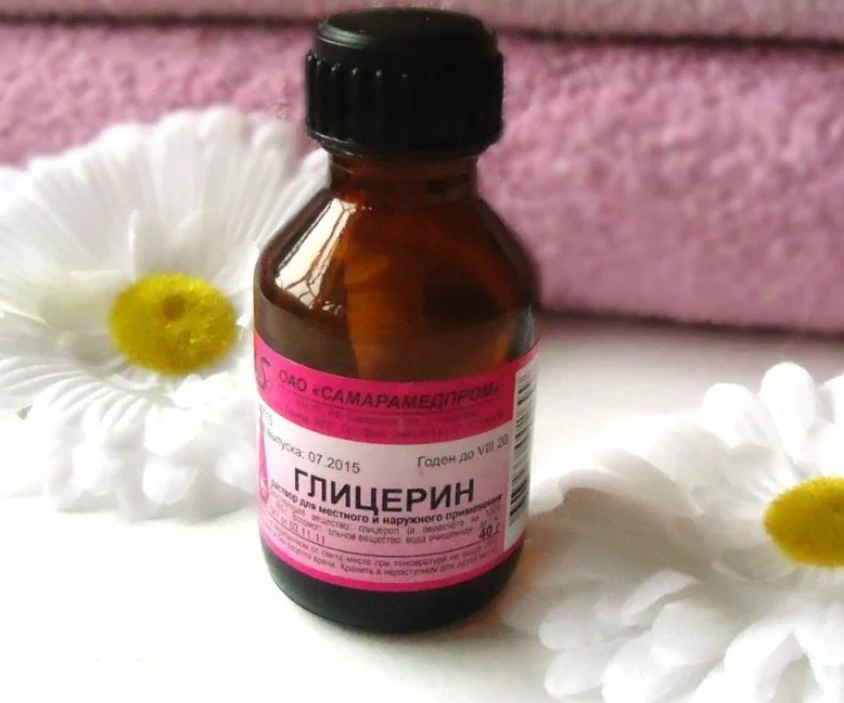
Ammonia 10%
The method is suitable for removing stains from white clothes. Ammonia creates an alkaline environment on the surface of the fabric, which affects the molecules of the dye, and greatly facilitates the process of their removal. To remove the stain, the ammonia solution should be heated to about 40 degrees, then treat the stained area and wash the thing to be cleaned.
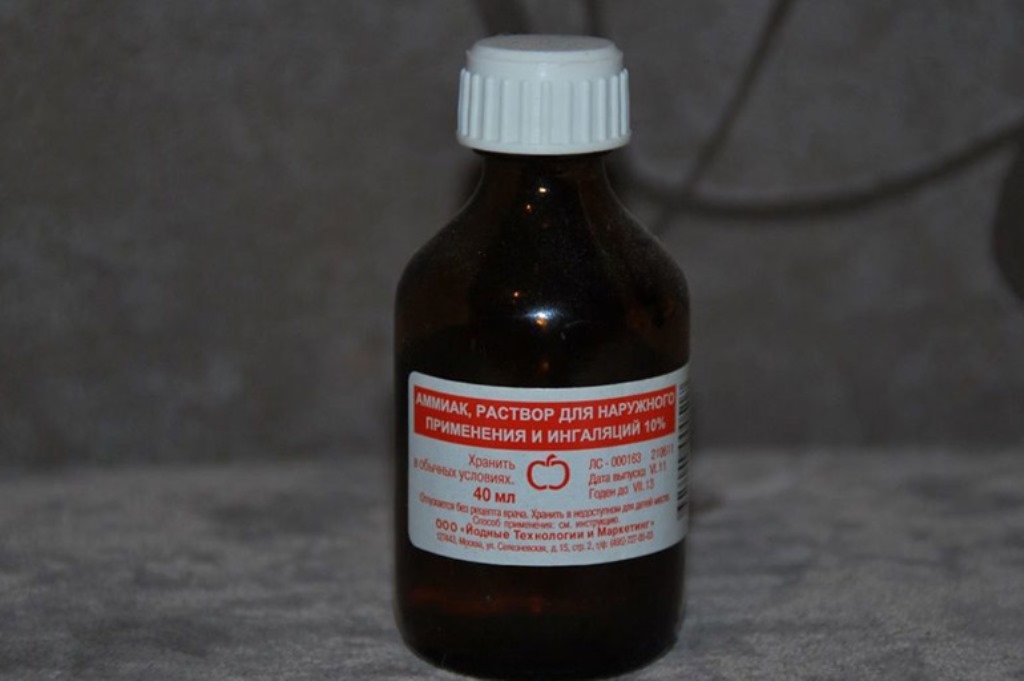
Remember the toxicity of ammonia, try to inhale its vapors as little as possible, clean things on the balcony or other well-ventilated place.

Advice. The stain to be removed should be removed from the edges, gradually moving towards the center. This works with large enough spots, if small ones are sprayed, then it is easiest to clean the entire affected area, and not each speck separately.
Potassium permanganate, hydrogen peroxide 3% and water
The mixture is suitable for getting rid of stains on white clothes, for the reasons given below it is not recommended to use it on colored clothes. The composition is strong.

First, the wine stain should be treated with a solution of potassium permanganate. Wait about five minutes, then wipe gently with a cotton pad soaked in hydrogen peroxide solution. To prepare the latter, dissolve a tablespoon of 3% peroxide in a glass of water and moisten cotton wool in it. After wiping, the stain should be left for 20 minutes, after this time, rinse the area to be cleaned with plenty of water.
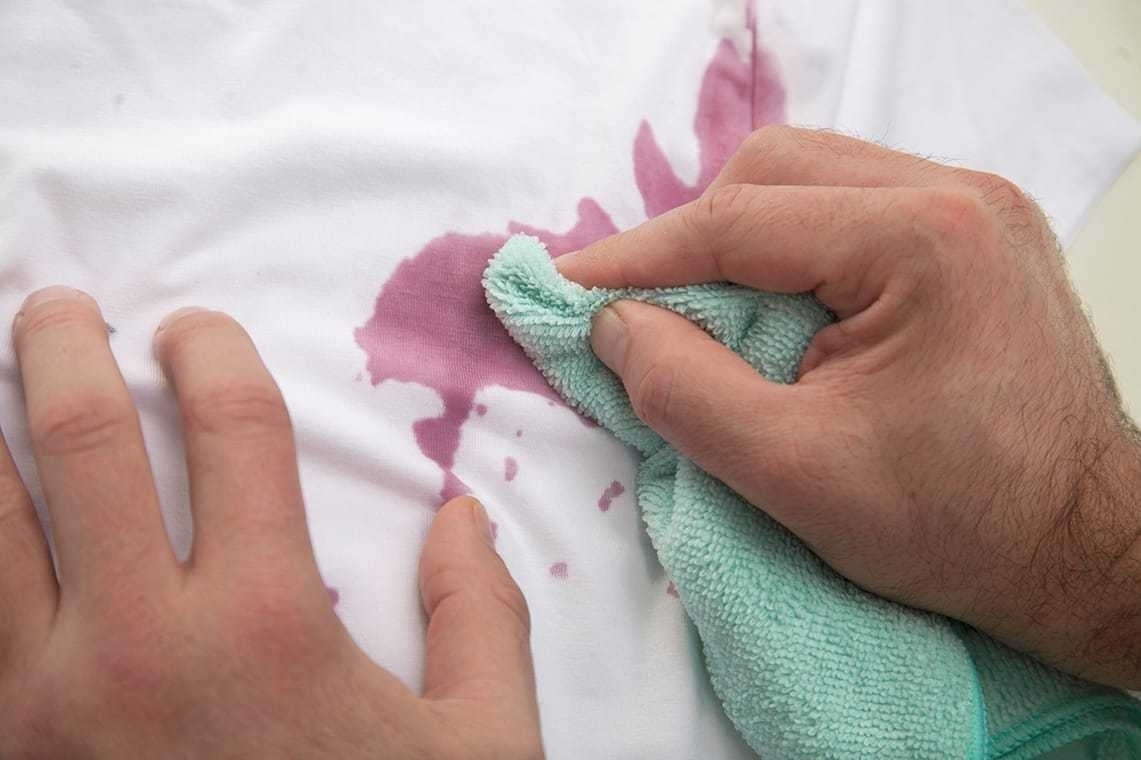
A lot depends on the case: how much potassium permanganate, peroxide you add, as well as the temperature of the water, the type of fabric, etc. When potassium permanganate reacts with peroxide, a lot of oxygen is released, and it decomposes the dyes in the stain. If there is too much oxygen, the tissue will deteriorate.

Contrary to popular belief, the sale of potassium permanganate is not prohibited, but, compared to Soviet times, it is seriously limited. It is dispensed only by prescription or no more than two small sachets in one hand. However, this is more than enough to remove the stain. It will not be difficult to buy 3% hydrogen peroxide, it is sold in 40 and 100 g each in glass bottles, dropper bottles, bottles with screw-on plastic caps.
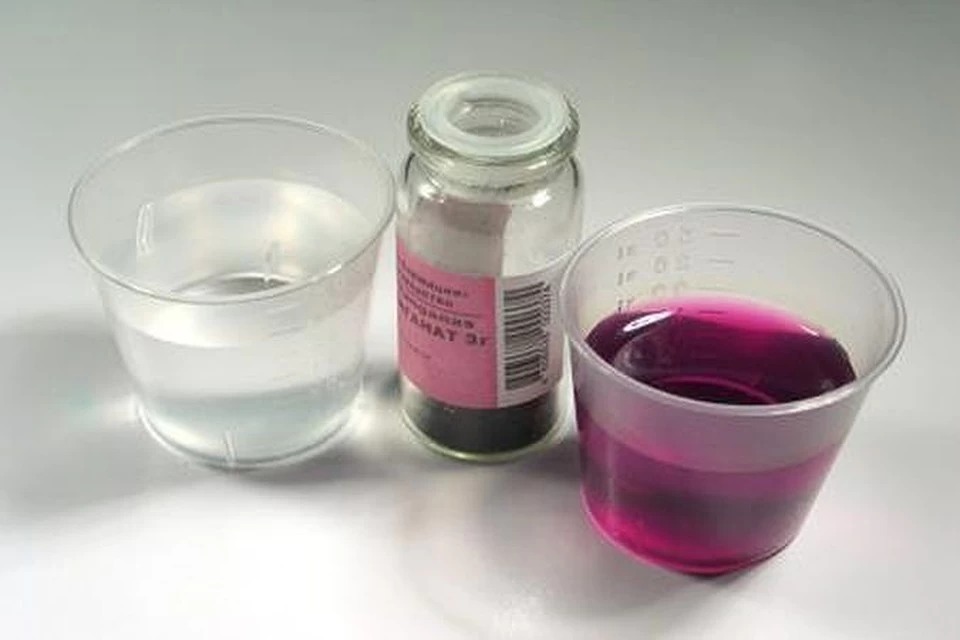
Natural milk
Suitable for removing stains from colored clothing and delicate fabrics. In warmed milk, the soiled thing should be left overnight or for a day when leaving for work. If the stain is heavily ingrained, then it will not come off in one procedure. There are no contraindications to the use of the method as such. It is good because it is completely safe for clothes and for humans (children). Can be repeated several times.
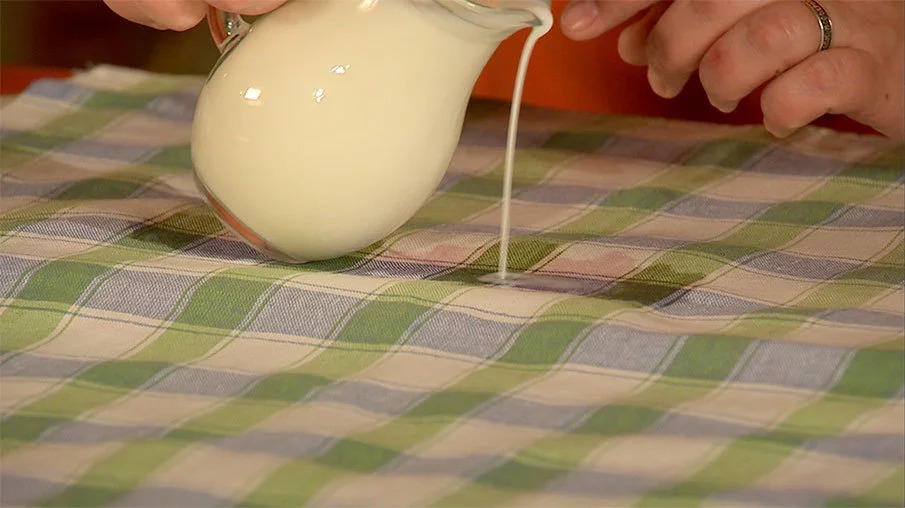
Advice. If the item is very expensive (in every sense of the word), contact the professionals. They know better how to wash red wine stains from white clothes and colored ones, from different, even very delicate fabrics. If they spoil the thing, there will be someone to ask, just read the terms of the service agreement carefully.
Conclusion
We hope this article helped you. There are an incredible number of ways to remove the remnants of wine that has got on the fabric, you will probably bring several of your own. However, what has been said should help get rid of stains of any complexity, even very old ones.

VIDEO: How to quickly and easily remove a red wine stain.









